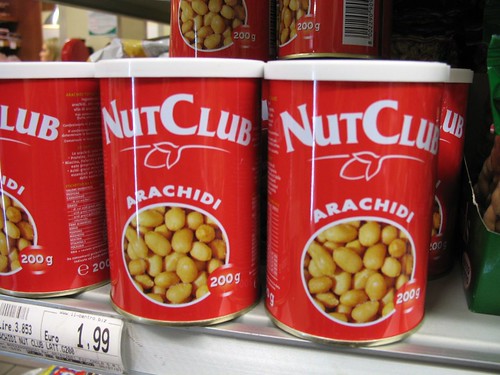
So what do you do when life hands you 20 quickly ripening pears and an army of advancing fruit flies? You make granita. Sweet, sweet, granita. Using the Pear Granita recipe from, you guessed it, my favorite- David Liebowitz' Perfect Scoop, I set to work on preserving these babies for a sweet, after meal treat. The recipe follows:
 Pear Granita (makes about 1 Quart - enough for several servings)
Pear Granita (makes about 1 Quart - enough for several servings)
6 ripe pears (3 lbs/1 1/2 kg)
1 cup water (250 ml)
6 tablespoons sugar (75g)
 Pear Granita (makes about 1 Quart - enough for several servings)
Pear Granita (makes about 1 Quart - enough for several servings)6 ripe pears (3 lbs/1 1/2 kg)
1 cup water (250 ml)
6 tablespoons sugar (75g)
-Quarter the pears, peal them, and remove the cores.

- Dice the pears into 1-inch (3cm) pieces.
- Put them in a medium-sized, nonreactive saucepan with the water and sugar and cook over medium heat, covered, stirring occasionally, until completely soft, about 8 minutes. A knife inserted into a pear chunk should meet no resistance.
- Cool to room temperature, then puree the pears and their liquid in a blender or food processor (or with an
 immersion blender like Salty) until smooth.
immersion blender like Salty) until smooth.- Pour the mixture into a low casserole dish with 2 inch (5 cm) high walls and a 2 quart (2 liter) capacity.
- Place in the freezer and begin checking in about an hour. Once it begins to freeze around the edges, take a fork and stir the mixture, breaking up the frozen parts near the edges into small chunks and raking them toward the center.
- Return the dish to the freezer, checking the mixture every 30 minutes or so afterward, stirring each time, breaking up chunks and raking the surface. If at any time the granita becomes too hard, leave it out at room temperature for a few minutes and start raking again.

I didn't take any photos of the freezing/raking process because not only did it take about four hours (kind of lame, admittedly), but it makes for an even less thrilling photo than that of an immersion blender at work on a nearly color-less liquid.
However, what results is a softly sweet, champagne-colored frost that tastes like a sno-cone's older, more mature sister that listens to Yo La Tengo and reads E. Annie Proulx stories (...but still loves her some Foreigner, of course).


No comments:
Post a Comment